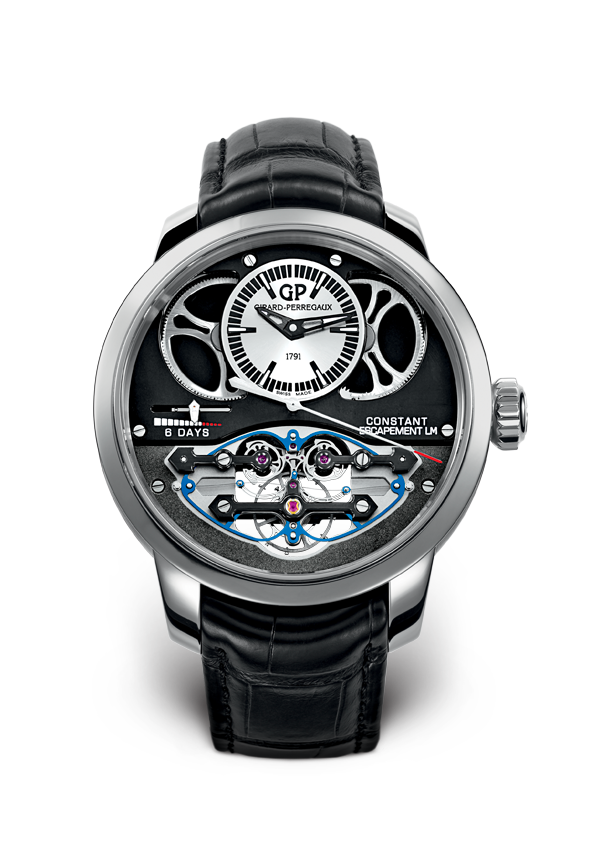On the eighth day, we have more of a question.
The use of Silicon (or Silicium if you insist!) in the escapement of the Girard-Perregaux ‘Constant Force’ Escapement watch caused much consternation and debate.

There are a lot of other new materials being included in watches – ‘Magic Gold’, Morta, Parachrom, AG5, Zenithium, Zalium, Palladium, Tantalum, ARCAP, Gold Quartz etc.
In general, these materials are an aesthetic embellishment, making the watch more accurate, reduce the need for lubrication or make it lighter.
There are arguments that the inclusion of super modern materials drags the watchmaker from their roots as craftspeople or thrust them towards the territory of the ‘smart’ watch. We won’t solve that debate here.
So, what is the most exciting new material discovered in recent years? The answer is Graphene. It is so new, it still comes up as a typo in spellcheck!
Graphene was isolated in 2004 by two researchers at The University of Manchester, Prof Andre Geim and Prof Kostya Novoselov. They won the Nobel Prize in Physics for their pioneering work in 2010.
They isolated it with sticky tape – yes, sticky tape.

Graphene is 200 times stronger than steel. It is the thinnest material on earth, one atom thick and 1 million times thinner than a human hair (it makes Silicon look fat). It is the world’s most conductive material. It is transparent, flexible and impermeable.
‘The entire [electronics] industry is built on silicon’, says Dr Aravind Vijayaraghavan at Manchester. It will be replaced by Graphene, once someone works out how to produce it in quantity and economically.
Clearly, the electronics industry will exploit the myriad advantages of Graphene with folding and wearable appliances with better batteries and (even) more functions.
As Silicon has arguably crept into traditional watchmaking, what could Graphene add?
Answers on a Christmas Card please.

